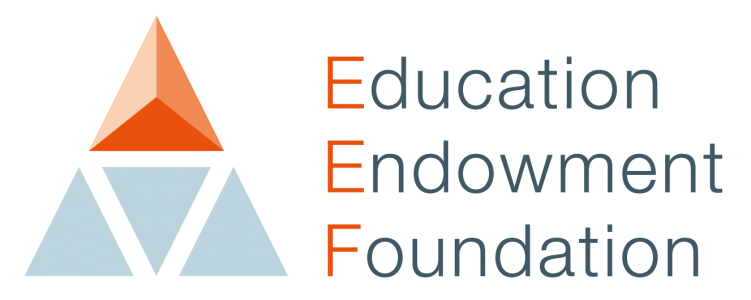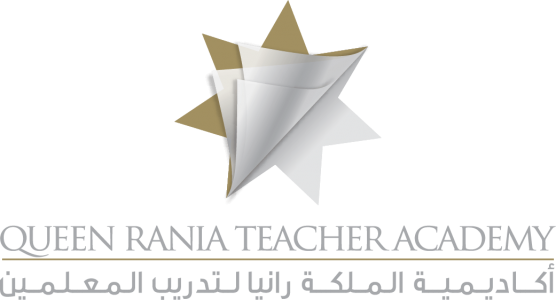









What is it?
Arts participation is defined as involvement in artistic and creative activities, such as dance, drama, music, painting, or sculpture. It can occur either as part of the curriculum or as extra-curricular activity. Arts-based approaches may be used in other areas of the curriculum, such as the use of drama to develop engagement and oral language before a writing task.
Participation may be organised as regular weekly or monthly activities, or more intensive programmes such as summer schools or residential courses. Whilst these activities, of course, have important educational value in themselves, this Toolkit entry focuses on the benefits of Arts participation for core academic attainment in other areas of the curriculum particularly literacy and mathematics.
Key Findings
1. Arts participation approaches can have a positive impact on academic outcomes in other areas of the curriculum.
2. The research here summarises the impact of arts participation on academic outcomes. It is important to remember that arts engagement is valuable in and of itself and that the value of arts participation should be considered beyond maths or English outcomes.
3. If the aim of the arts approach is to improve academic attainment it is important to identify the link between your chosen arts intervention and the outcomes you want to improve.
4. Arts-based approaches may offer a route to re-engage older pupils in learning, though this does not always translate into better attainment. It is important to consider how you will use increased engagement to improve teaching and learning for these pupils.
How effective is the approach?
Overall, the average impact of arts participation on other areas of academic learning appears to be positive but moderate, about an additional three months progress.
Improved outcomes have been identified in English, mathematics and science. Benefits have been found in both primary and secondary schools.
Some arts activities have been linked with improvements in specific outcomes. For example, there is some evidence of the impact of drama on writing and potential link between music and spatial awareness.
Wider benefits such as more positive attitudes to learning and increased well-being have also consistently been reported.
Evidence of arts participation in the Arab world shows a promising impact on students’ physical and emotional wellbeing as well as on their academic and social development. Studies in, Jordan, UAE, and Saudi Arabia reported that teachers using music or drama led to enhanced cognitive and physical development of students. In one particular study in Palestine, arts participation improved secondary students’ creative thinking and motivation.
Arts participation is an approach that teachers use to provide a positive atmosphere inside the classroom and help in reducing children’s stress. Drama-based teaching, in particular, increased students’ interaction and created a collaborative learning environment leading to an increase of students’ outcomes. However, researchers have highlighted some potential barriers for arts education in the Arab world. Examples include lack of teacher training on designing and implementing arts educational activities, limited budget allocated and lack of necessary resources, and rigidity of the conventional curriculum.
While there have been a number of experimental studies on arts participation in the region, there are still gaps that could be resolved, especially through additional longitudinal studies and including both genders to identify similarities and differences in the outcomes. Moreover, other studies are needed to explore the effectiveness of arts participation on students’ understanding and cognitive development.
Behind the average
Impact is similar for both primary and secondary school pupils.
Effects tend to be higher for writing and mathematics than reading.
Closing the disadvantage gap
There is intrinsic value in teaching pupils creative and performance skills and ensuring disadvantaged pupils access a rich and stimulating arts education. Arts participation may be delivered within the core curriculum, or though extra-curricular or cultural trips which can be subject to financial barriers for pupils from deprived backgrounds.
There is some evidence to suggest a causal link between arts education and the use of arts-based approaches with overall educational attainment. Where the arts are being taught as a means to boost academic achievement for those eligible for the pupil premium, schools should carefully monitor whether this aim is being achieved.
How could you implement in your setting?
Arts participation relates to a broad range of subjects including traditional fine arts, theatre, dance, poetry, and creative writing. It also includes teaching strategies which explicitly include arts elements, such as drama-based pedagogy.
Some components of arts education approaches might include:
- Explicit teaching of creative skills and techniques.
- Opportunities for pupils to practice, reflect on their strengths and identify areas for improvement.
- Access to materials, equipment, extra-curricular activities and cultural experiences.
Arts education may be organised as regular lessons or monthly activities, after school clubs, small group or one-on-one tuition or whole school approaches. Activities can also be delivered through more intensive programmes such as summer schools or residential courses.
When introducing new approaches, schools should consider implementation. For more information see Putting Evidence to Work – A School’s Guide to Implementation.
What does it cost?
The average cost of arts education is expected to be very low, with costs ranging from very low to high depending on the type of provision. Costs to schools are largely based on teacher professional development and resources. Costs are greater where activities fall outside of the school day or involve small group or 1:1 tuition from specialist teachers.
Implementing arts education will require a small amount of additional staff time compared with other approaches as it is part of the core curriculum. Arts activities may also involve professional artists, certified drama or music teachers.
Alongside time and cost, school leaders should consider how to maximise professional development needs of staff to effectively integrate arts activities (such as drama, visual arts or music) in the classroom and evaluate their impact on pupil outcomes.
How secure is the evidence?
The security of the evidence around Arts Participation is rated as moderate. 80 studies were identified. The topic lost a padlock because a large percentage of the studies were not independently evaluated. Evaluations conducted by organisations connected with the approach – for example, commercial providers, typically have larger impacts, which may influence the overall impact.
As with any evidence review, the Toolkit summarises the average impact of approaches when researched in academic studies. It is important to consider your context and apply your professional judgement when implementing an approach in your setting.



